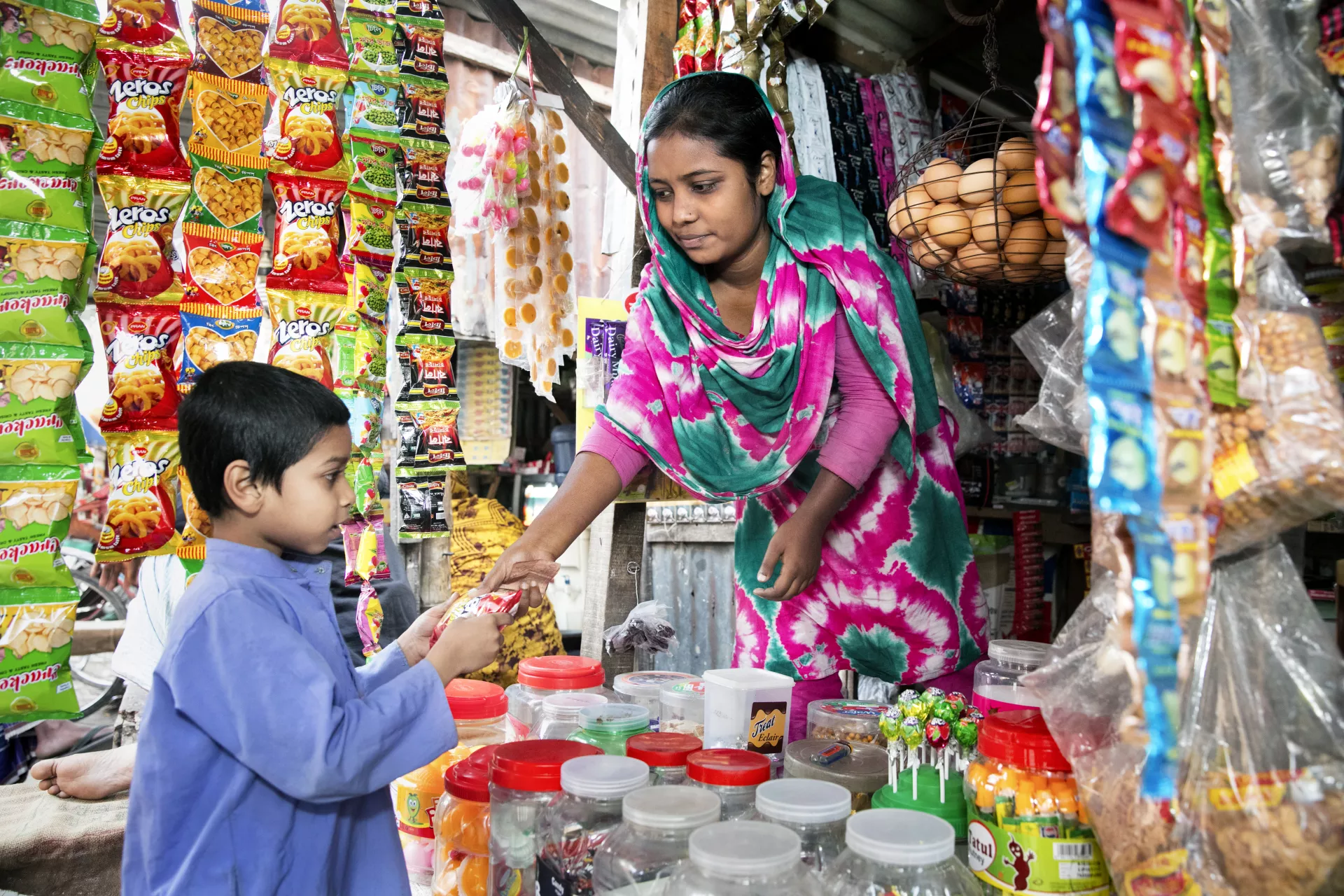Making urban food environments fit for children
All children have the right to adequate nutrition and good health to reach their full potential within their cities and communities.

- Available in:
- 中文
- English
About
For the past four decades, significant global trends including globalization, urbanization, economic development, and technological progress have led to a predominance of food systems that greatly increase the availability of ‘food energy’, or calories, but not necessarily access to healthy food. Citizens in urban food environments eat more processed foods laden with salt, sugar and saturared fat than those in rural settings, and often have a greater demand for animal-source foods. At the same time, current food systems are contributing to climate change, food waste and loss, environmental degradation and economic inequality.
UNICEF’s State of the World’s Children Report 2019,2 highlights the challenges faced by children in urban settings, where fast food and packaged snacks are readily available and outdoor spaces to gather and play are limited. The need to transform the food environment in cities is clear and urgent. While every city is unique, all cities can generate and inspire the changes needed to make healthy and sustainable eating a reality for all children.





